M2L4 Mastery Half-Life Gizmo-ALL ANSWERS CORRECT-GRADED A+
Document Content and Description Below
Student Exploration: Half-life NCVPS Chemistry Fall 2014 Vocabulary: daughter atom, decay, Geiger counter, half-life, isotope, neutron, radiation, radioactive, radiometric dating Prior Knowledge Q... uestions (Do these BEFORE using the Gizmo.) 1. Have you ever made microwave popcorn? If so, what do you hear while the popcorn is in the microwave? You hear the sound of the microwave, kind of like white noise, and the sound of the popcorn popping. 2. If you turn the microwave on for two minutes, is the rate of popping always the same, or does it change? Explain. The rate of the popcorn popping is not the same, the shorter the time the less popped popcorn you will get Gizmo Warm-up Like an unpopped kernel in the microwave, a radioactive atom can change at any time. Radioactive atoms change by emitting radiation in the form of tiny particles and/or energy. This process, called decay, causes the radioactive atom to change into a stable daughter atom. The Half-life Gizmo™ allows you to observe and measure the decay of a radioactive substance. Be sure the sound is turned on and click Play ( ). 1. What do you see and hear? You see the atoms transforming into daughter atoms and hear a clicking noise Note: The clicking sound you hear comes from a Geiger counter, an instrument that detects the particles and energy emitted by decaying radioactive atoms. 2. What remains at the end of the decay process? The only remaining thing is daughter atoms 3. Is the rate of decay fastest at the beginning, middle, or end of the process? It is fastest in the beginning Activity A: Decay curves Get the Gizmo ready: Click Reset ( ). Be sure that User chooses half-life and Random decay are selected. Check that the Half-life is 20 seconds and the Number of atoms is 128. Question: How do we measure the rate of radioactive decay? 1. Observe: Select the BAR CHART on the right side of the Gizmo and click Play. A. What happens to the numbers of radioactive and daughter atoms as the simulation proceeds? The number of radioactive atoms goes down as the number of daughter atoms goes up B. Do the numbers of radioactive and daughter atoms change at the same rate throughout the simulation? Explain. I believe that they are changing at the same rate, because one radioactive cell must change in order to become a daughter cell, so if radioactive is losing one at the same time that daughter is gaining one, then it must be at the same rate 2. Interpret: How does the Half-life setting affect how quickly the simulated substance decays? The higher the half-life the more seconds it will take for all of the radioactive atoms to become daughter atoms, the lower the half-life the less seconds it will take for daughters to become radioactive. (Activity A continued on next page) [Show More]
Last updated: 1 year ago
Preview 1 out of 5 pages
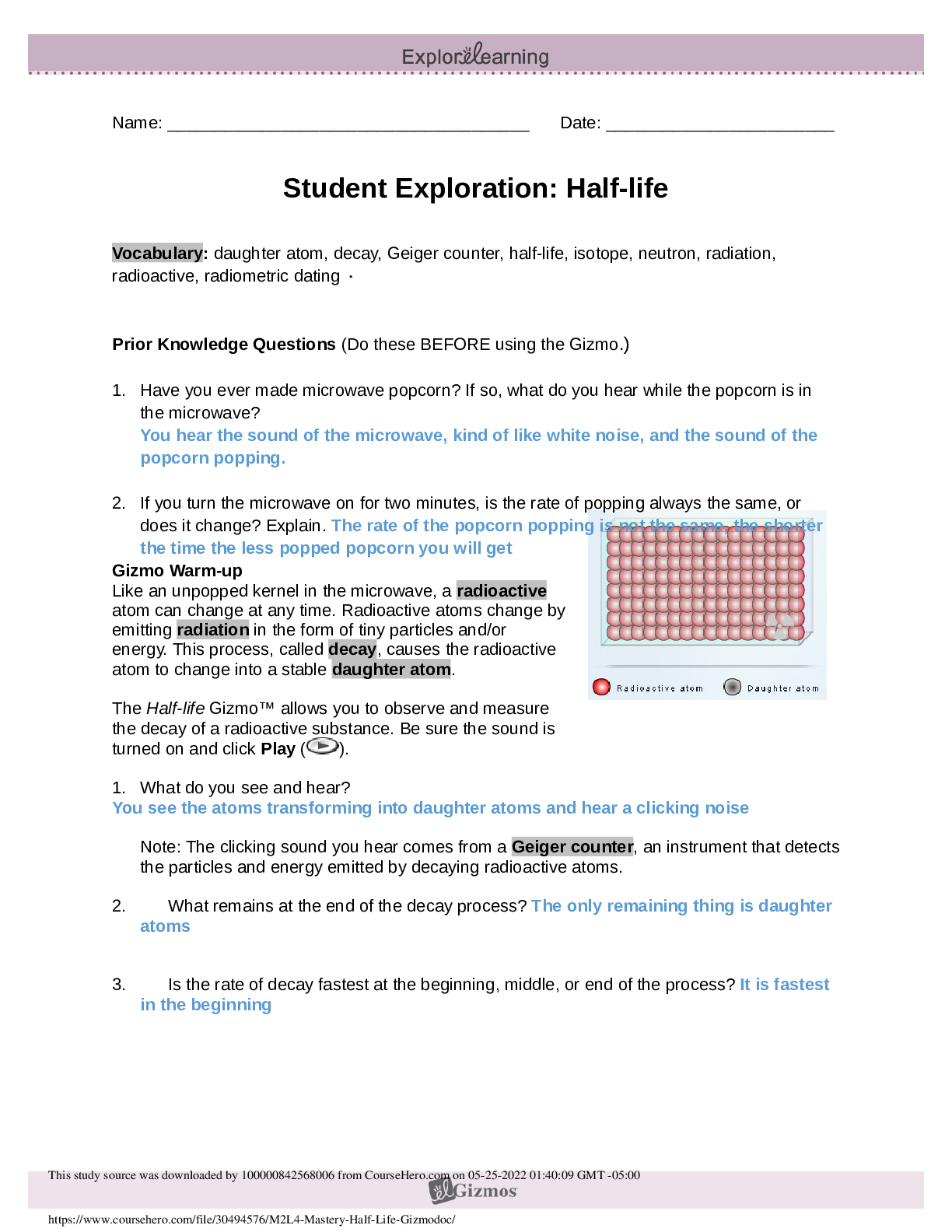
Reviews( 0 )
Document information
Connected school, study & course
About the document
Uploaded On
Jun 25, 2021
Number of pages
5
Written in
Additional information
This document has been written for:
Uploaded
Jun 25, 2021
Downloads
0
Views
174



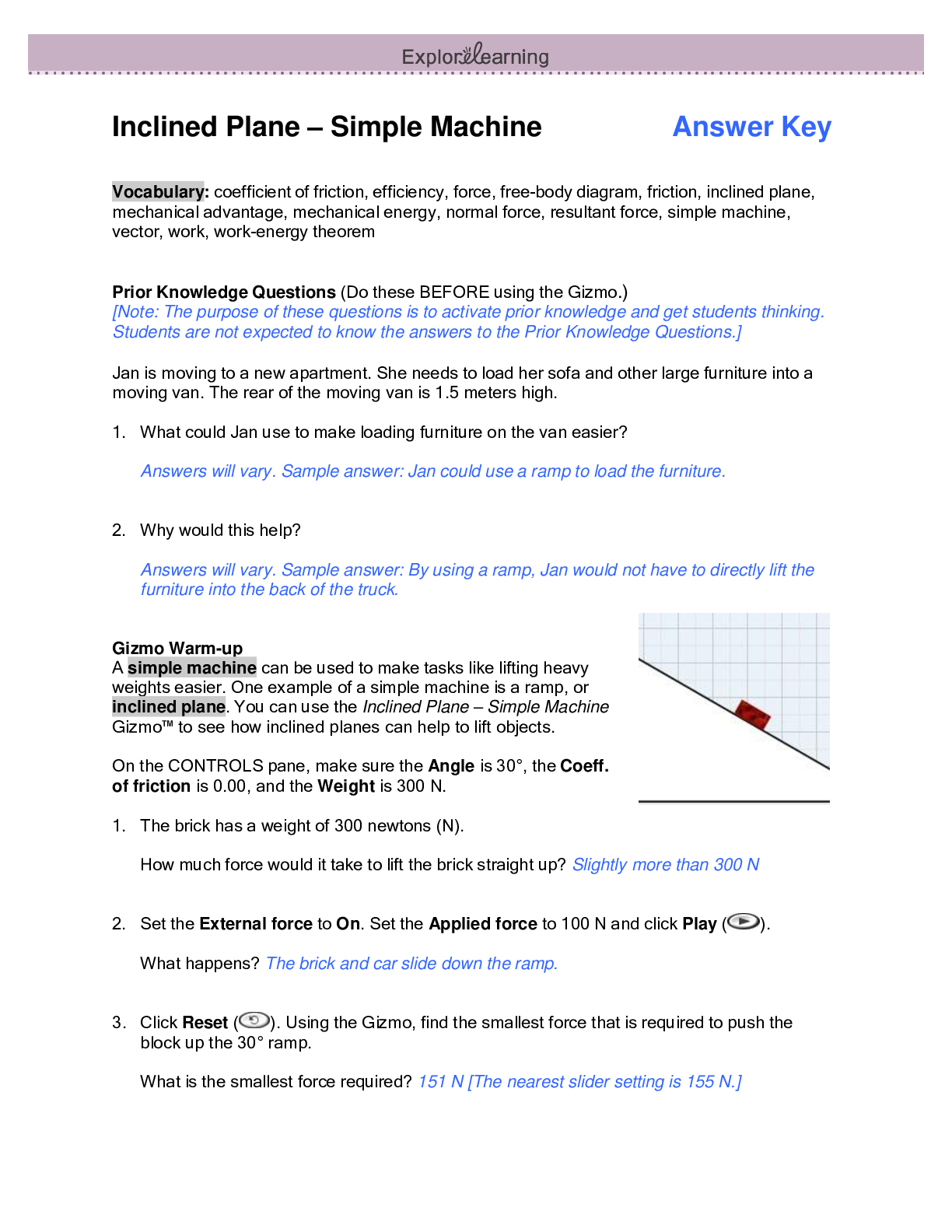
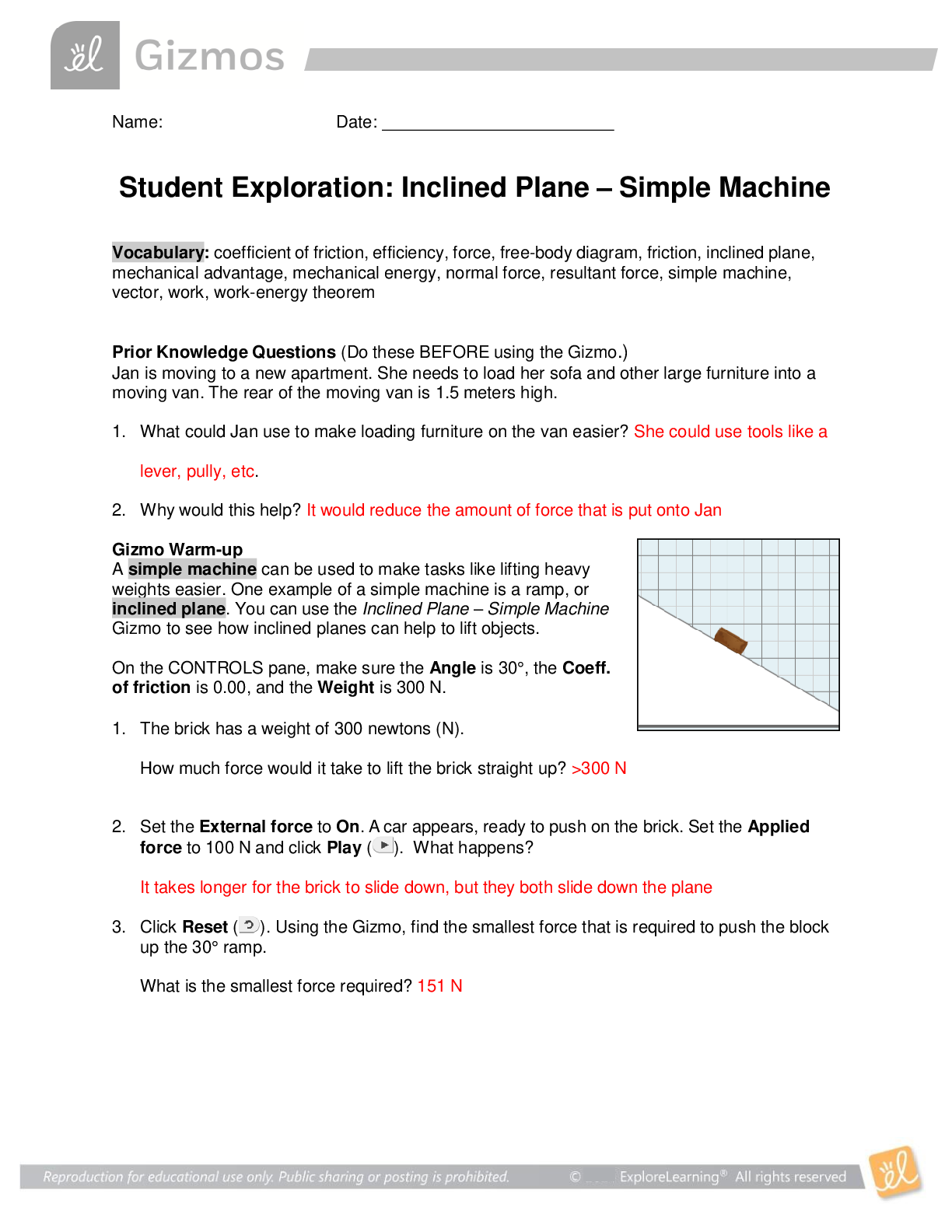



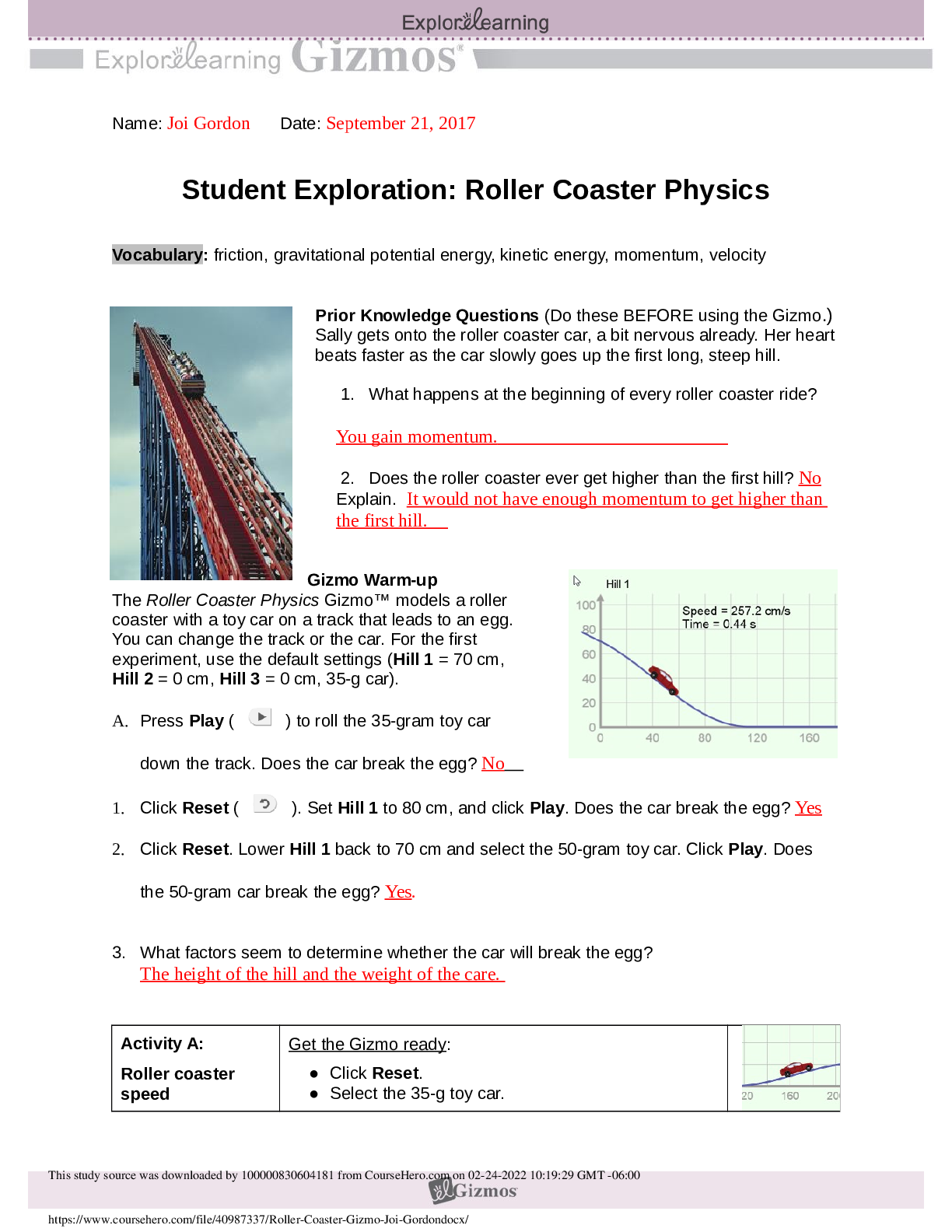


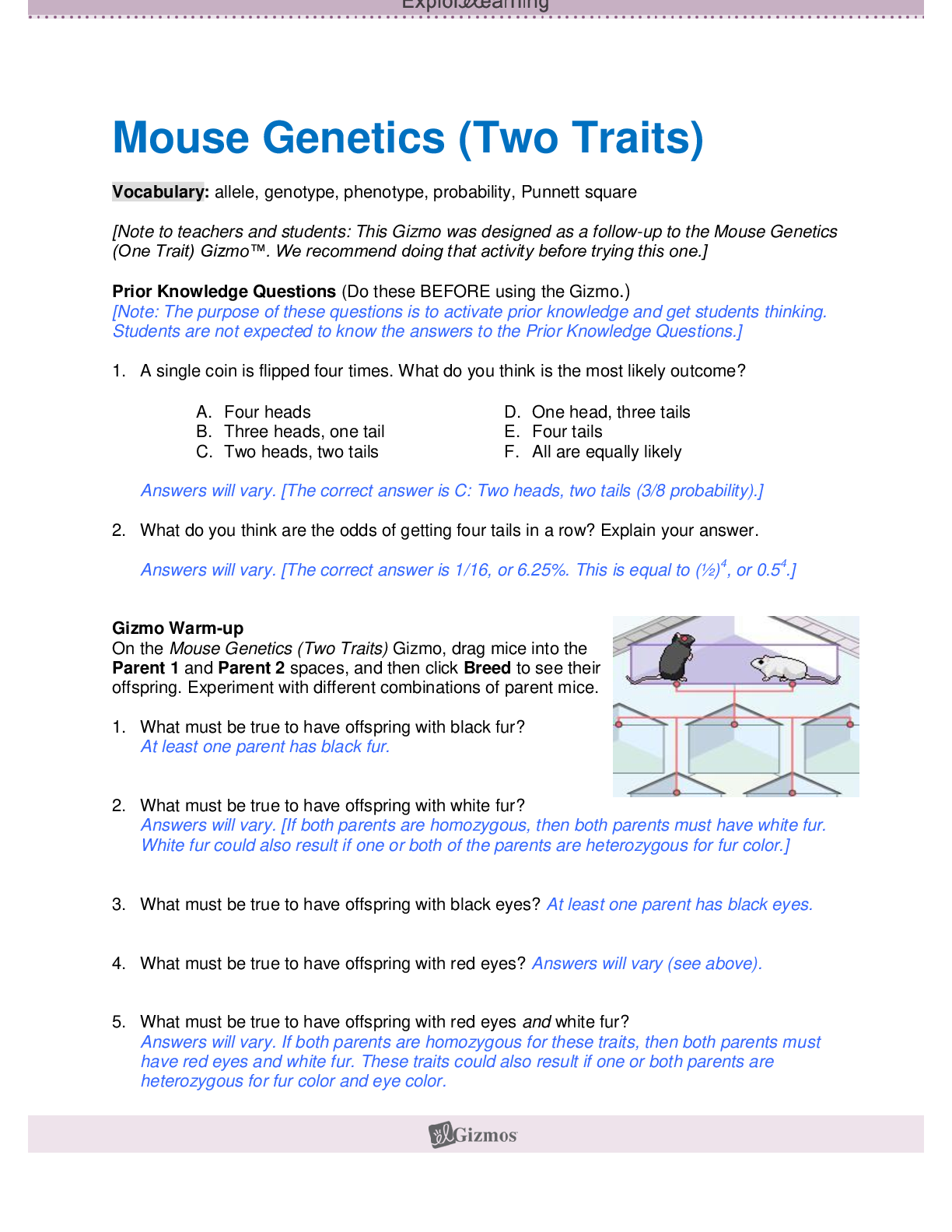

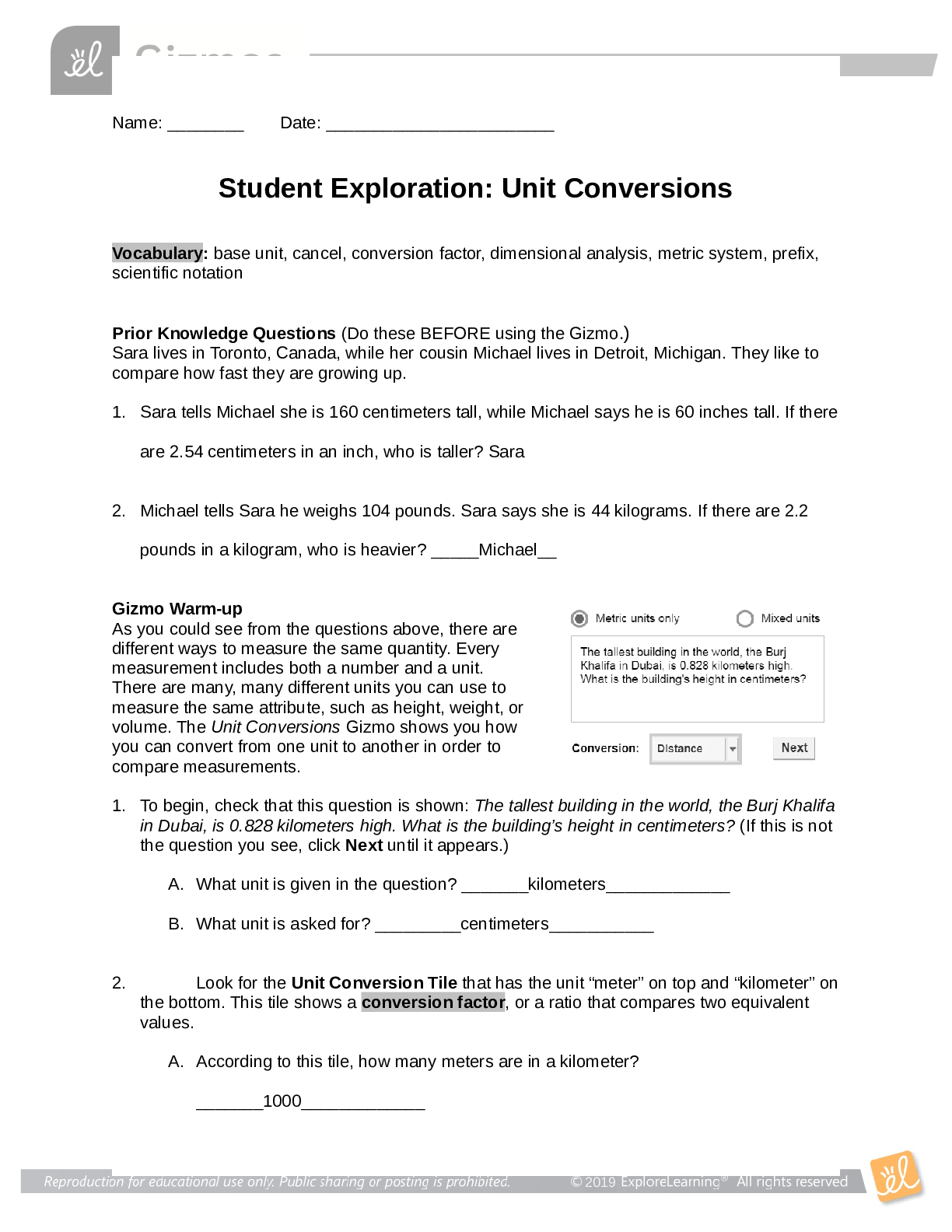

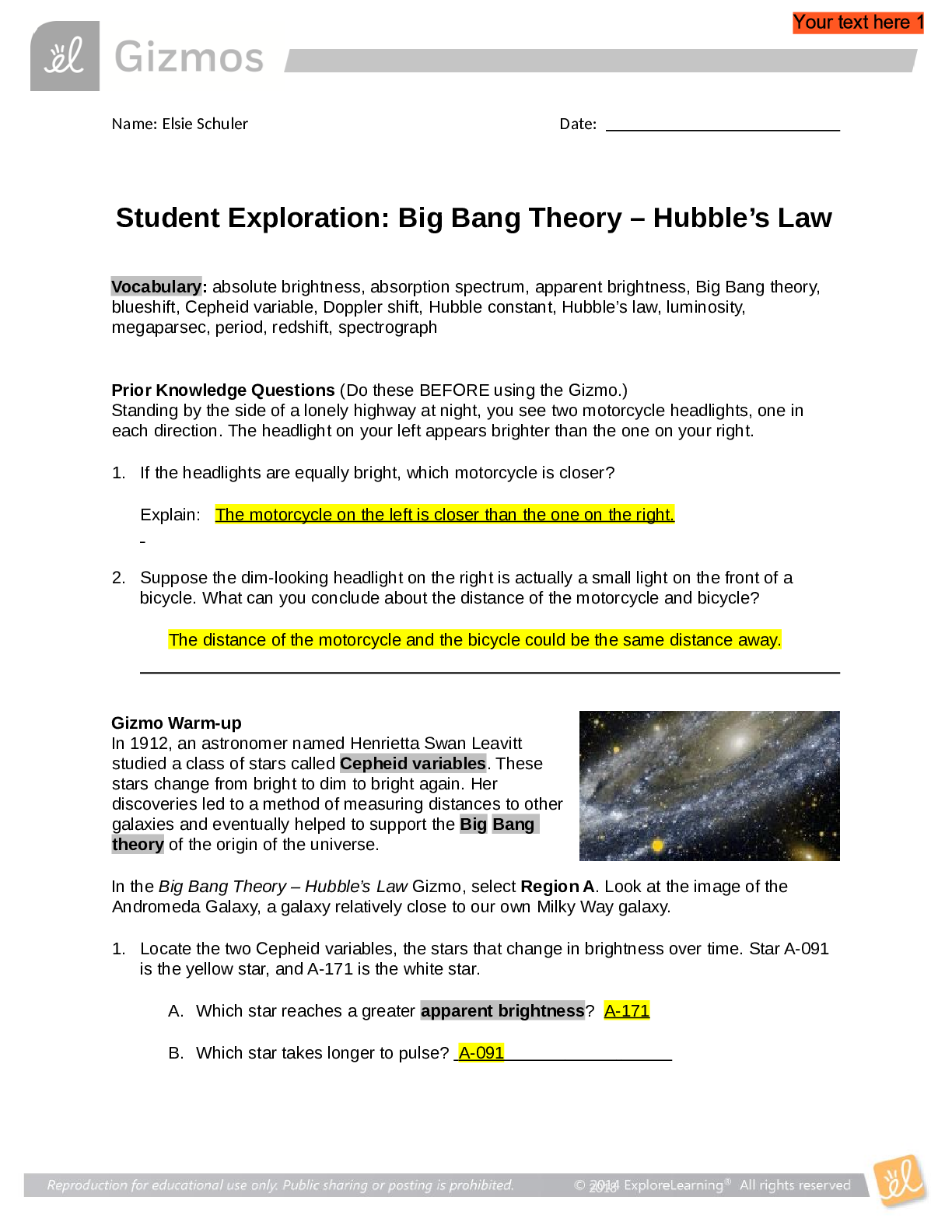


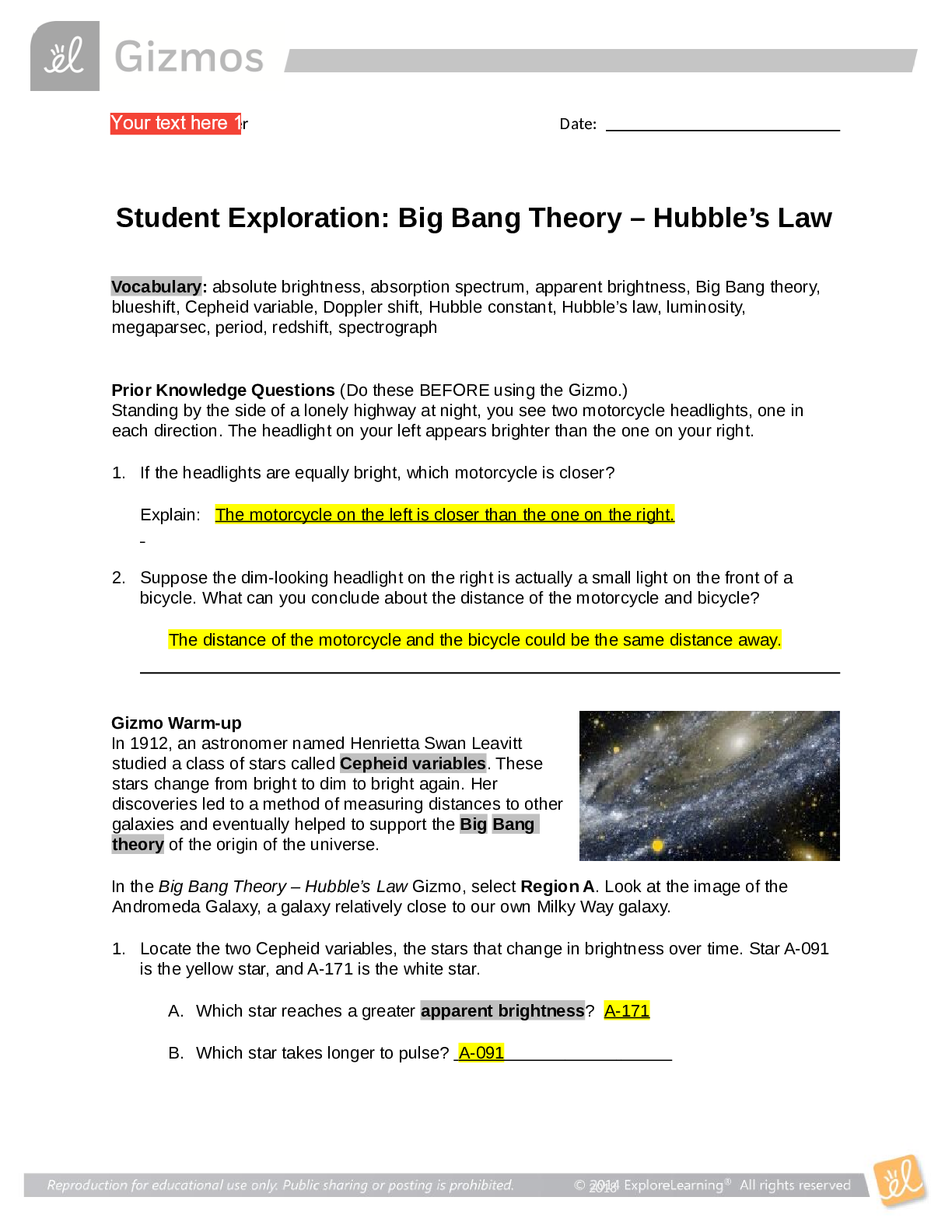
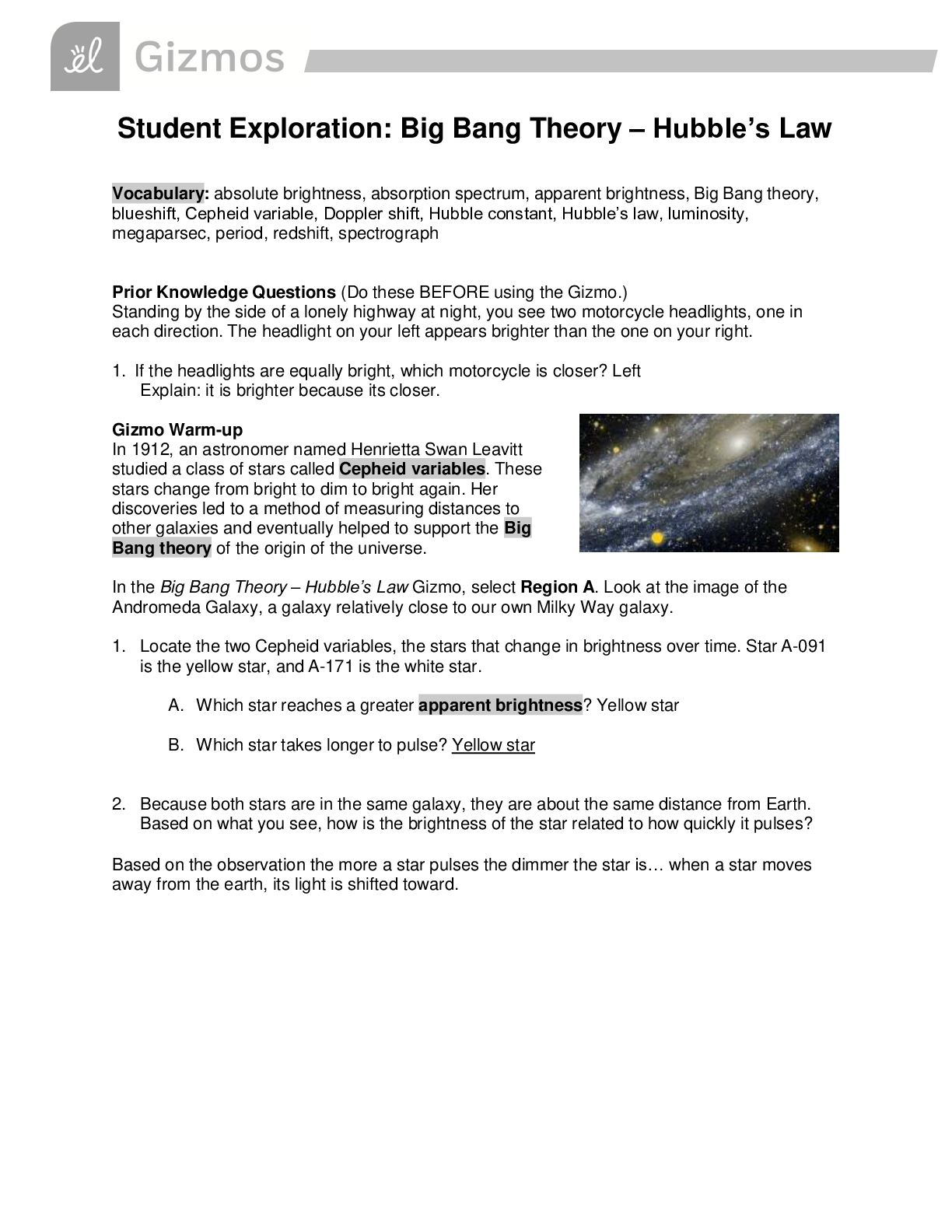

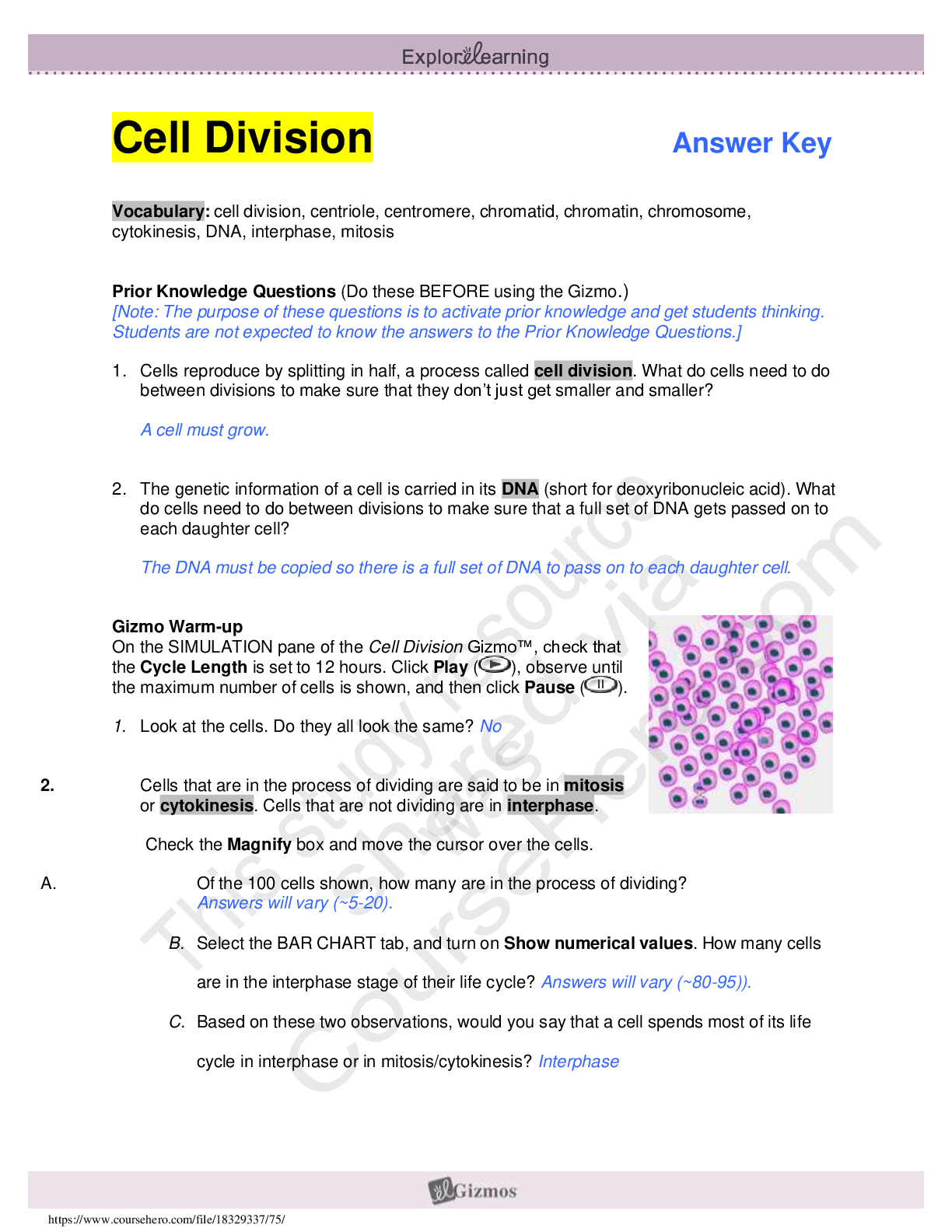
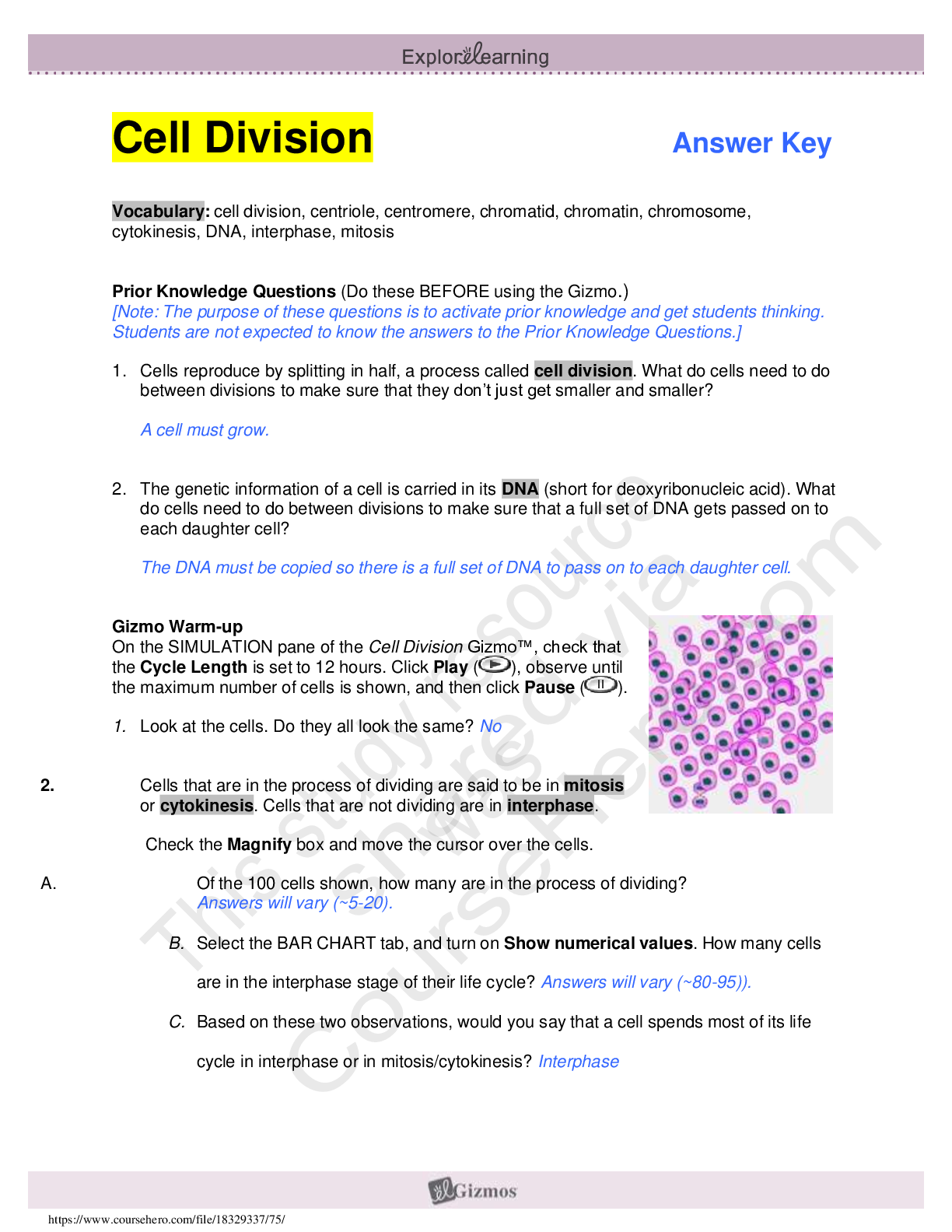


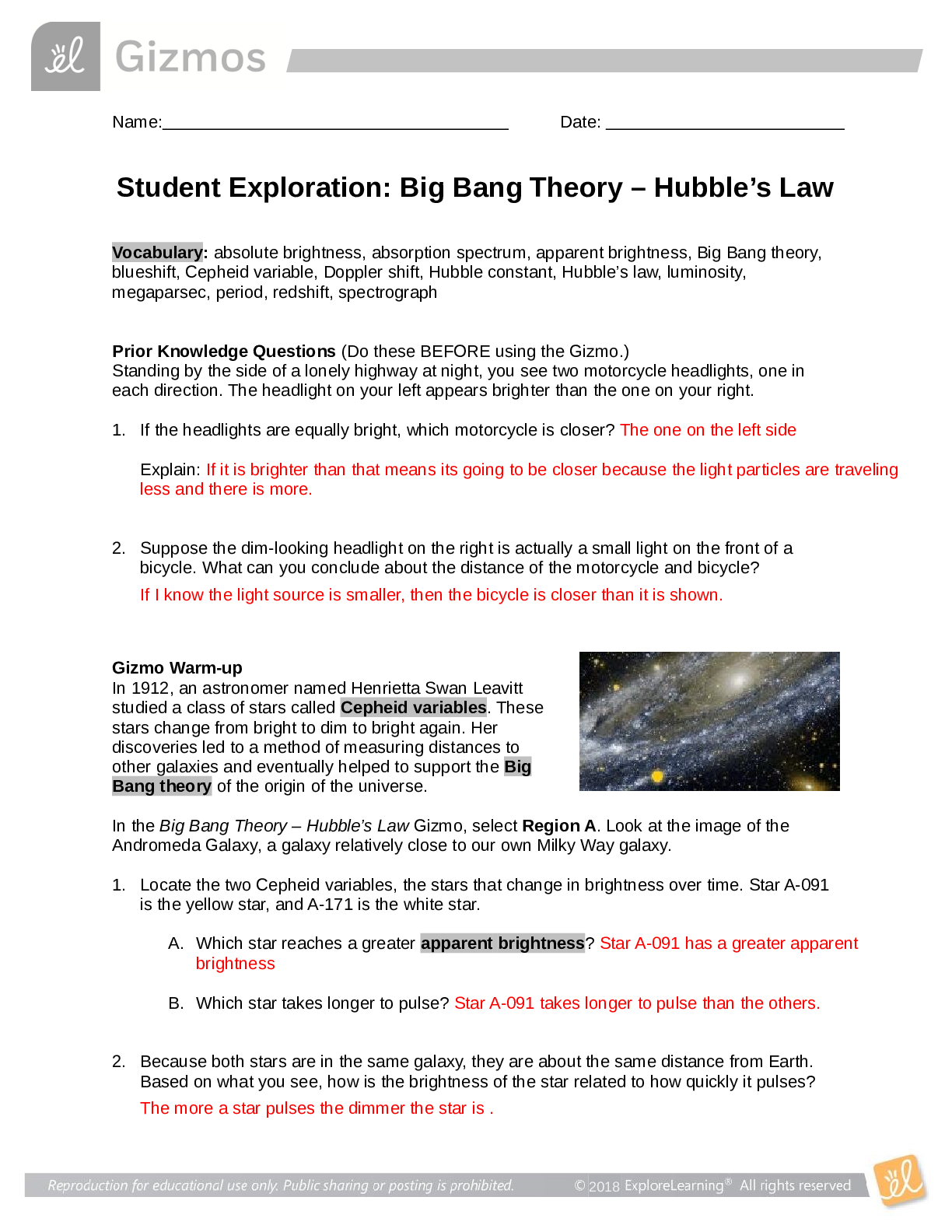
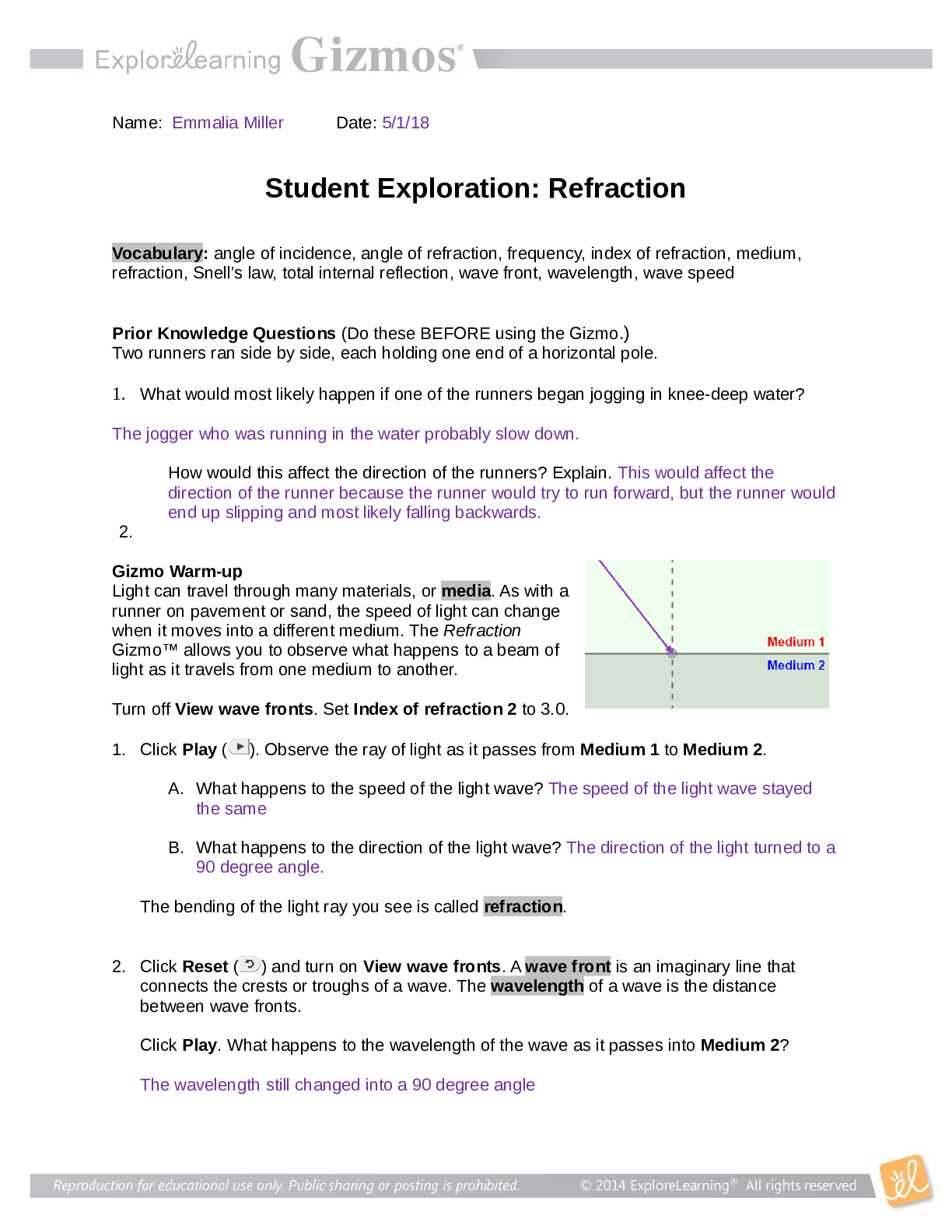

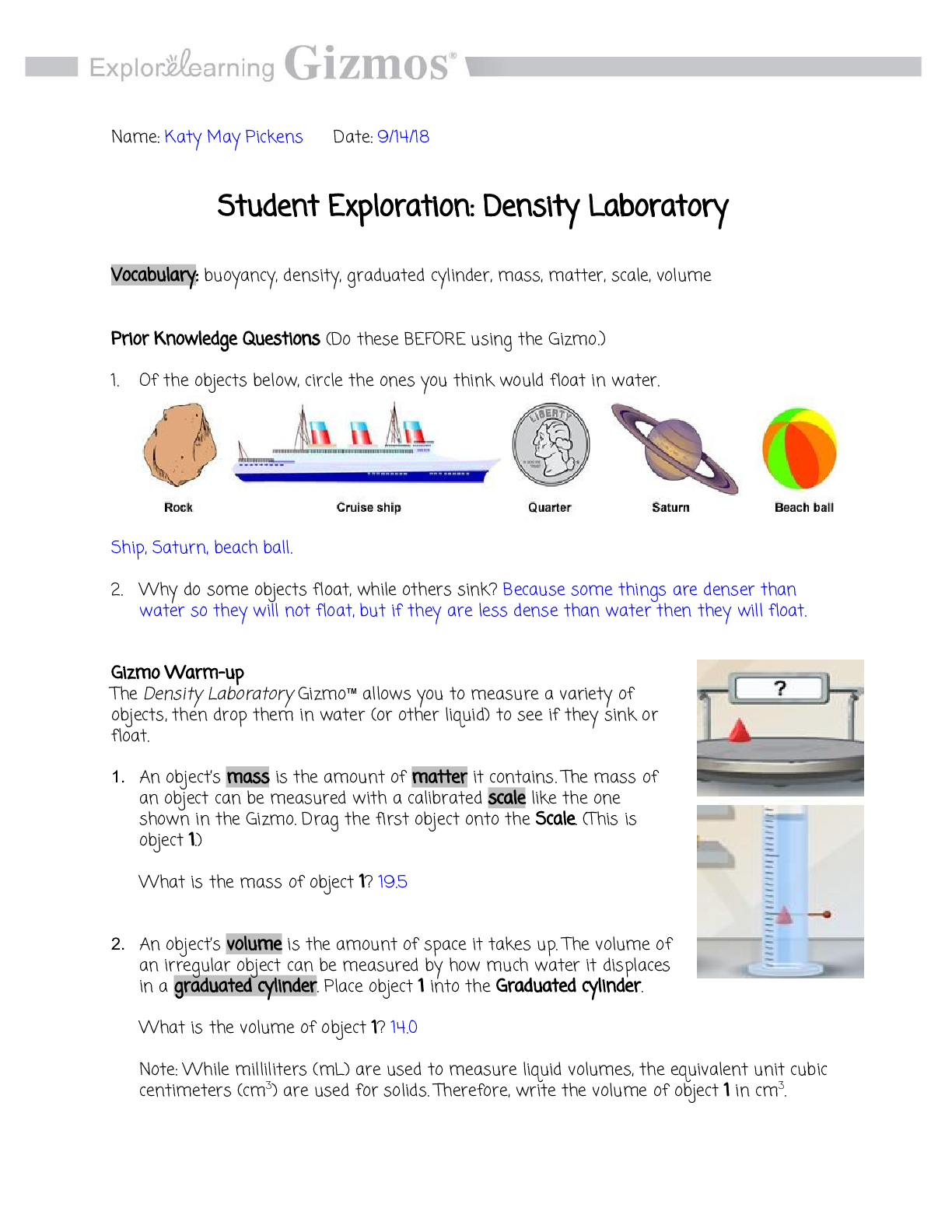
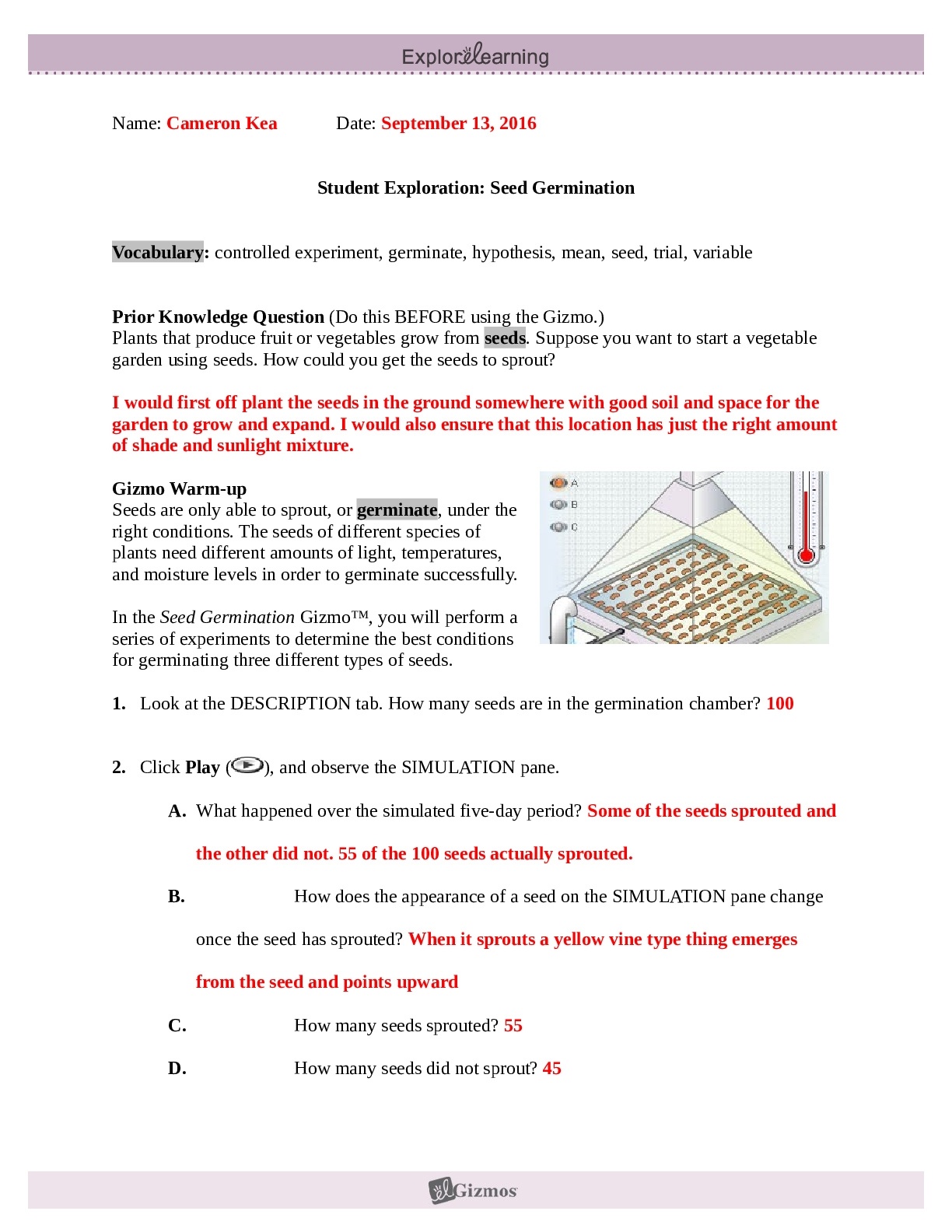

.png)

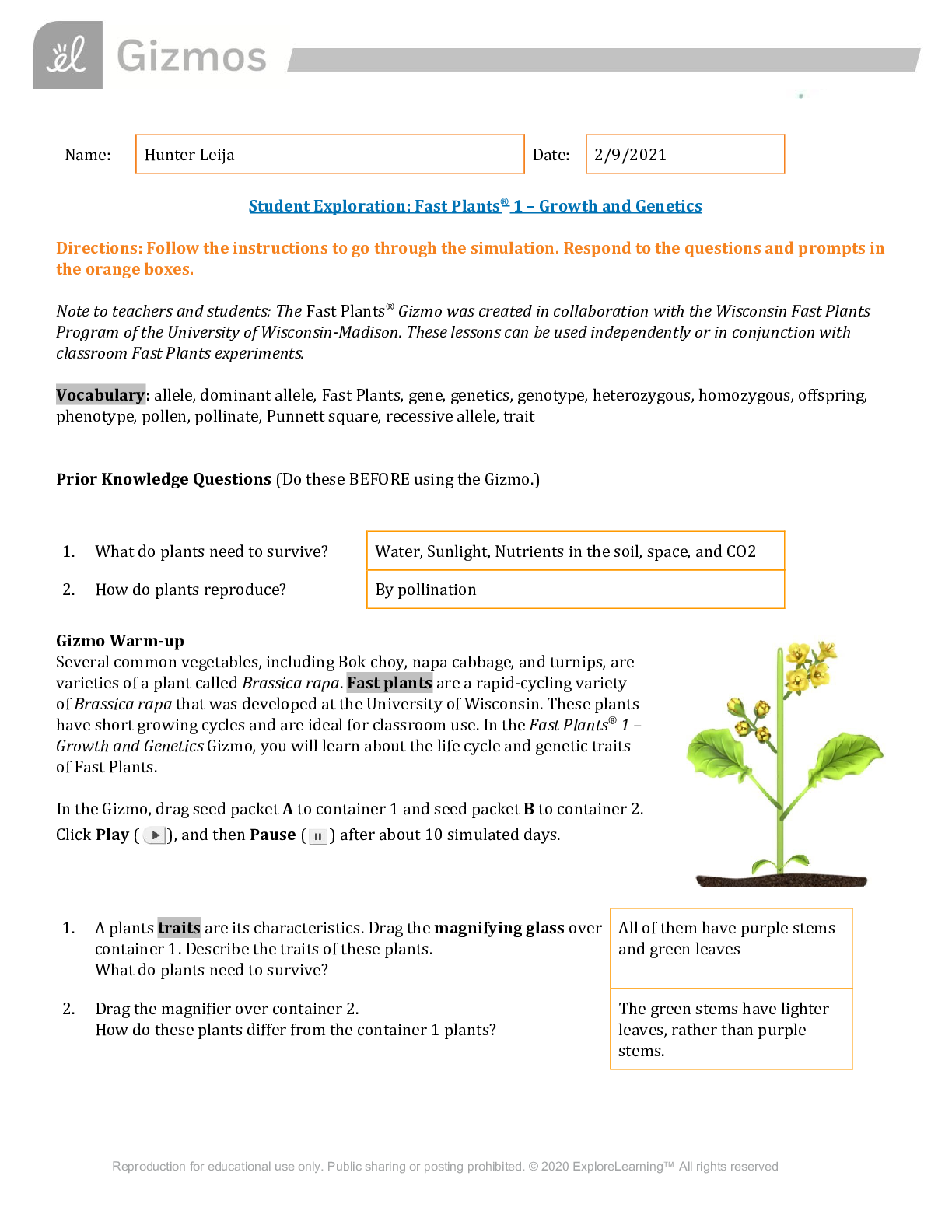
.png)

